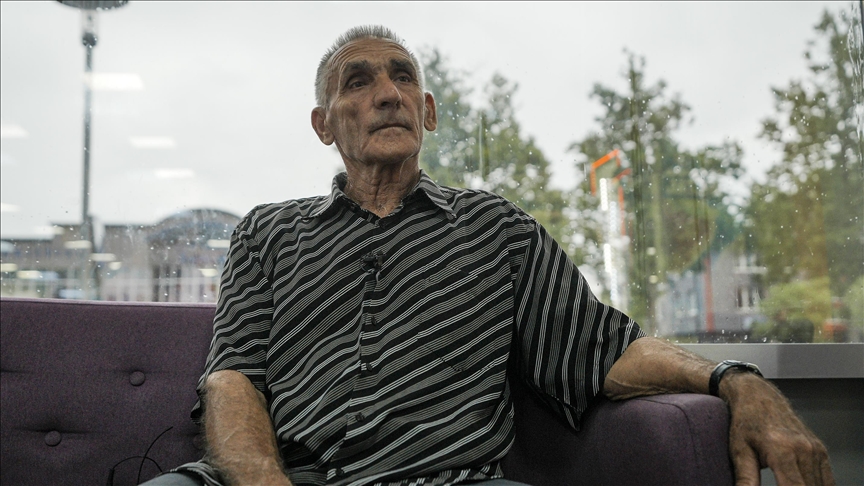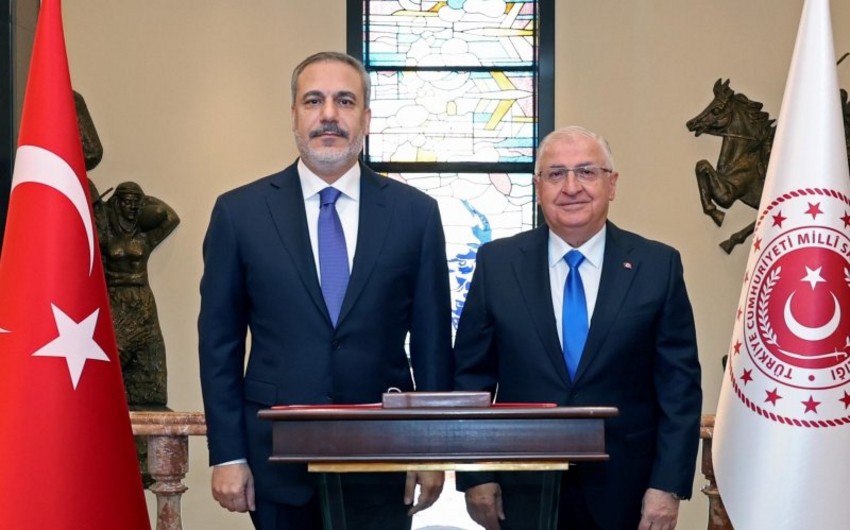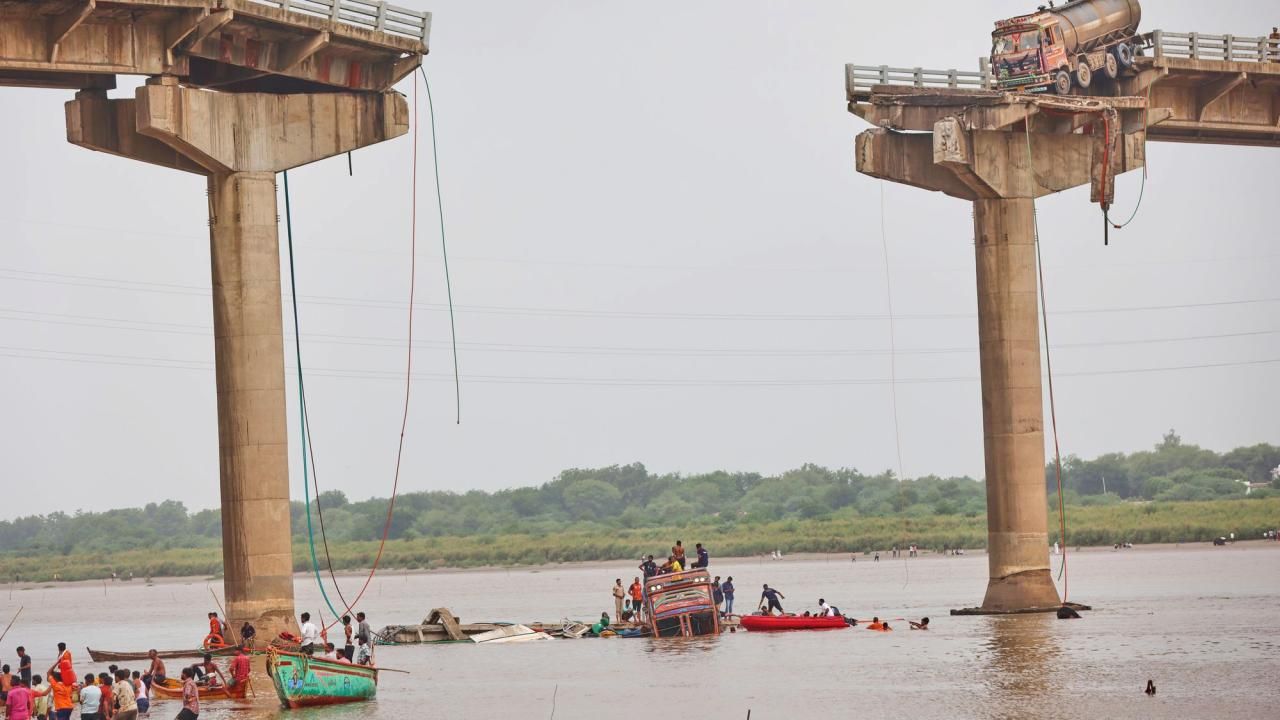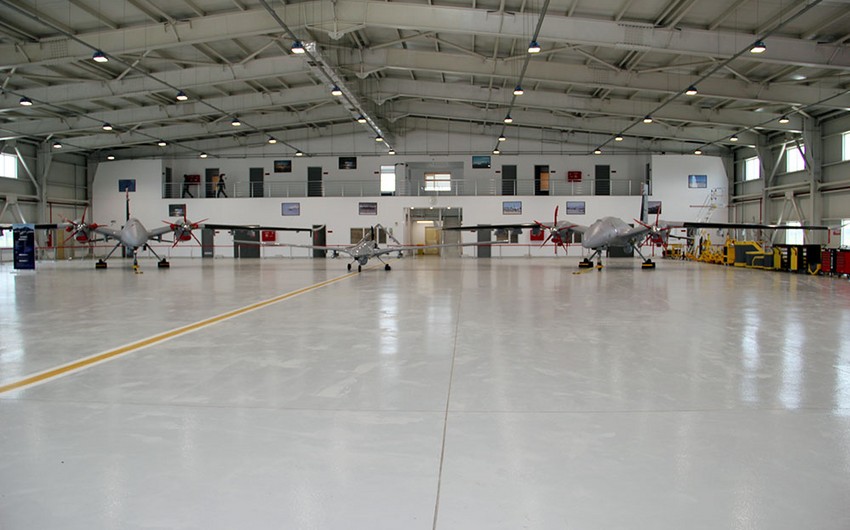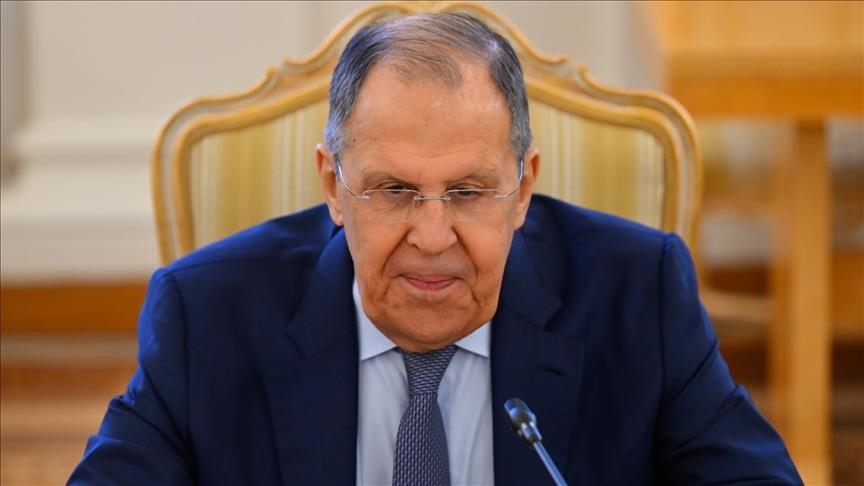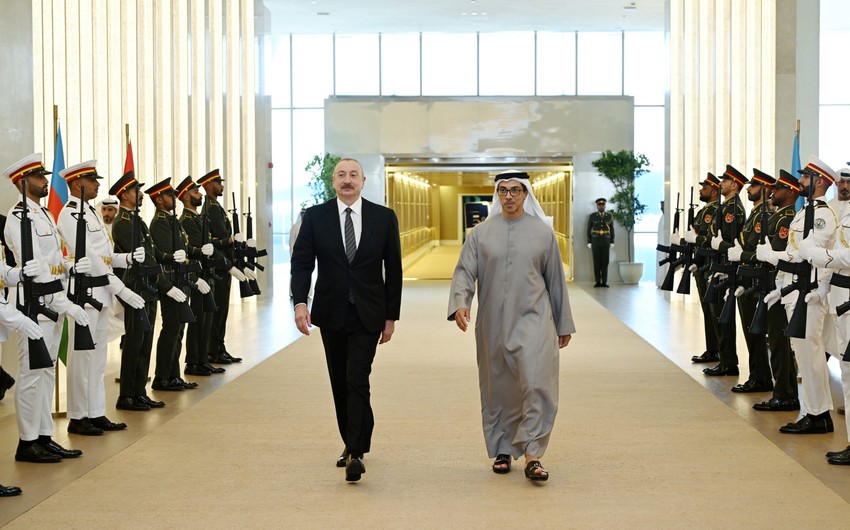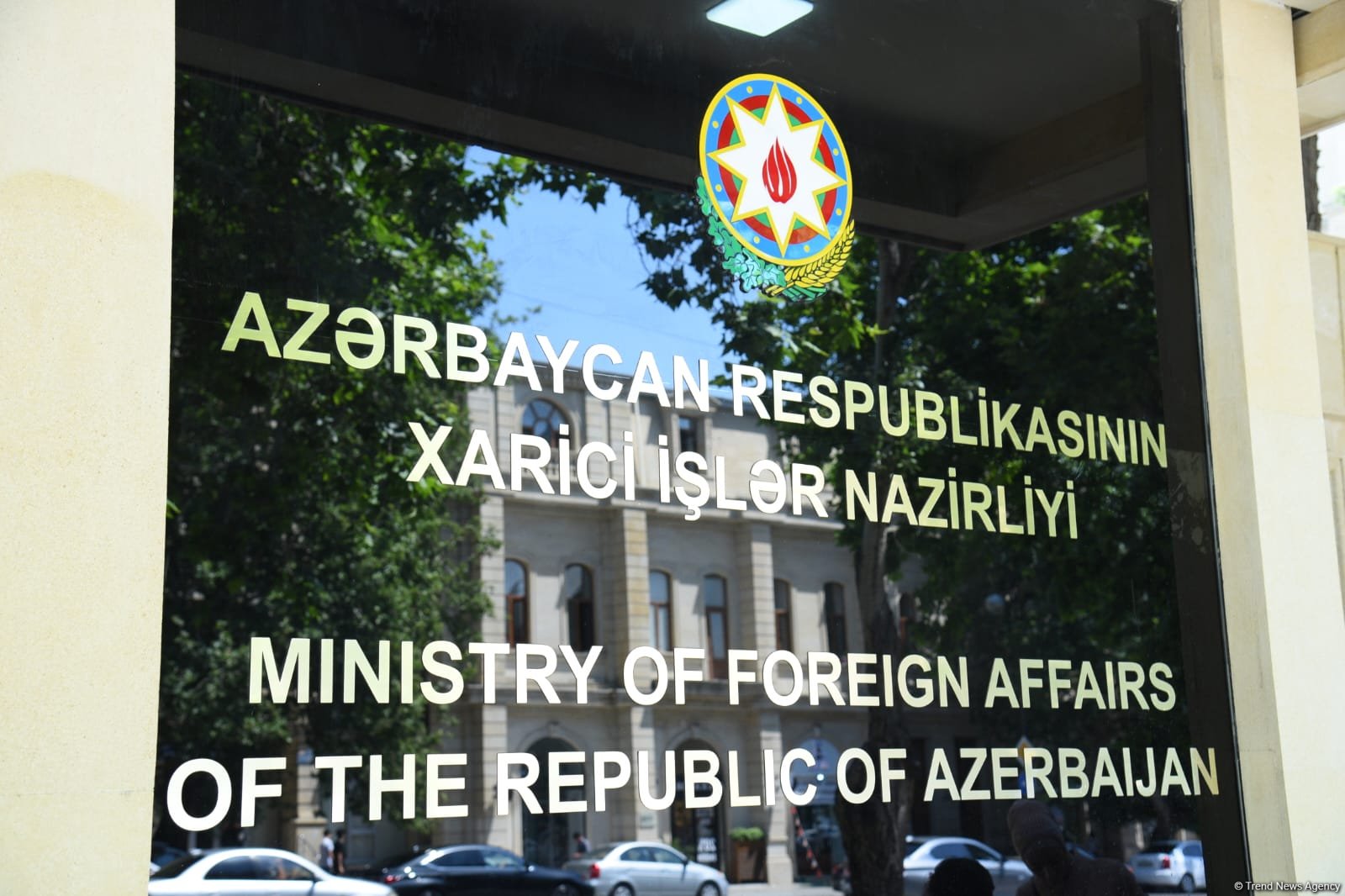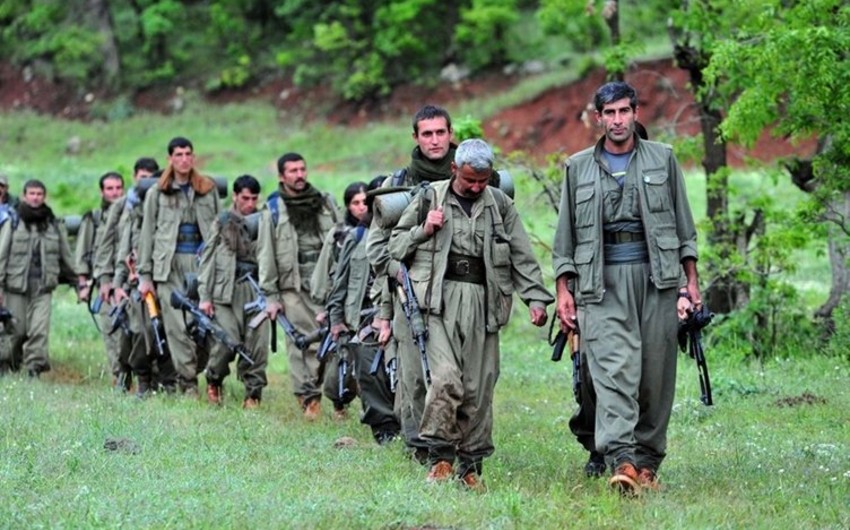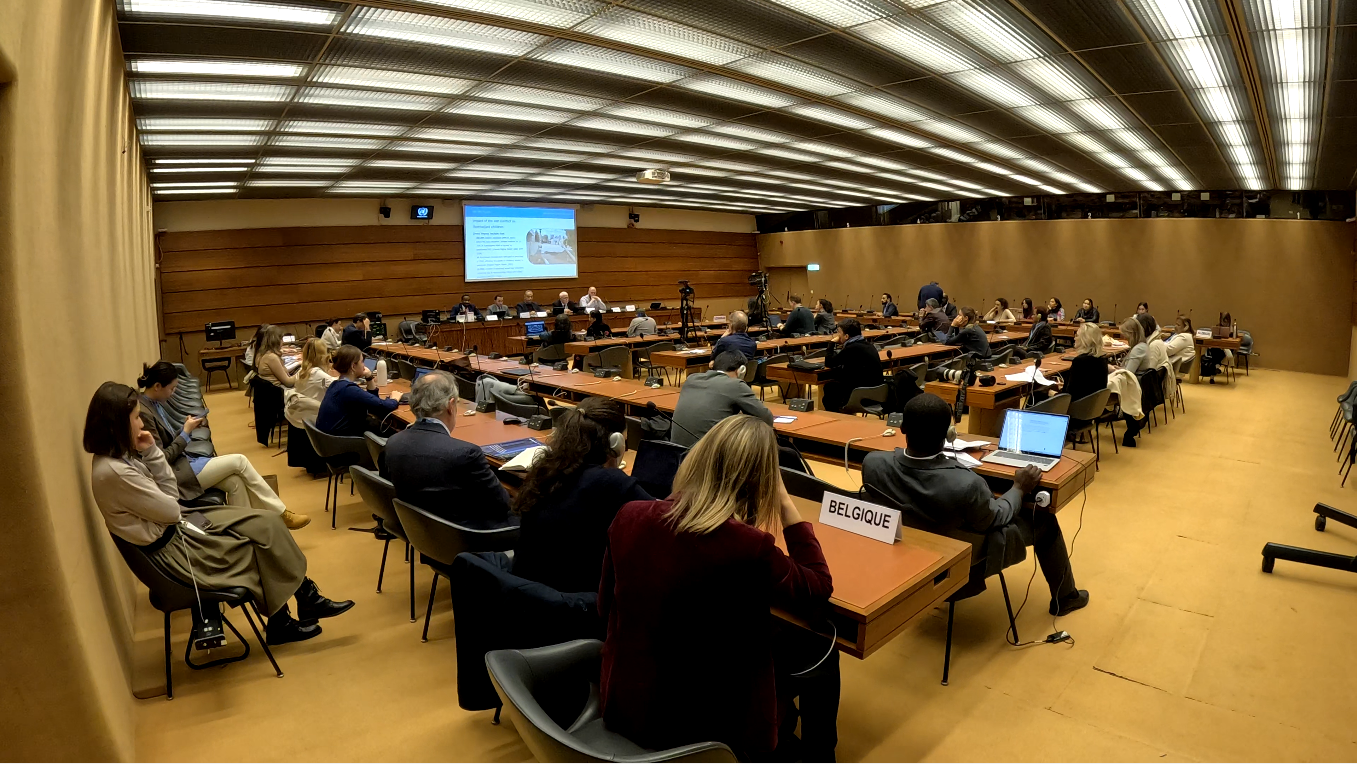“We lived in hope that he had gone somewhere and would come back,” said Husejin Avdic, tears filling his eyes as he prepares to bury the partial remains of his son Senajid, who was just 19 when he was killed in the 1995 Srebrenica genocide.
Three decades after Europe’s worst atrocity since World War II, Srebrenica continues to speak softly—through silent graves, tears, and the quiet hopes of parents like Husejin, who whispered: “If only he had lived to have a family, a child.”
Senajid’s remains were discovered on the surface of a site in Suljici in October 2010.
Husejin and his wife, Alma, now live in the village of Bokavici, having fled Bratunac during the war.
Before the conflict, the Avdics had four children: Jusuf, Senajid, Zejad and Almedina. When war erupted, Husejin was working in Croatia but returned briefly as tensions spread into Bosnia, unaware of the tragedy to come.
He later returned to Croatia with Jusuf, while Alma stayed behind to care for the family home.
During the war, Senajid and Zejad attempted to escape through the forests with a relative.
They stayed together until reaching Suljici, where an attack forced them to separate. “That’s where they found Senajid,” Husejin said quietly.
Years spent waiting
For years, the family clung to hope, believing rumors that some survivors had crossed into Serbia.
Almedina learned first that parts of her brother’s remains had been identified but kept silent, hoping more would be found.
It was only last year that the family officially learned Senajid’s remains had been identified.
“It was hard when he didn’t come back. We kept hoping he would walk through the door one day,” Husejin said.
After Srebrenica fell in July 1995, Alma and Almedina fled to free territory by bus, reuniting with Husejin in 1998.
“We found them through someone we knew. I asked about Senajid, and Alma said he hadn’t come yet. We kept hoping for a long time,” he said.
Senajid was remembered as a quiet and obedient student.
After learning his son’s remains had been found, Husejin had a dream:
“I saw him at home, limping. I asked what happened, and he said: ‘Something hit me, but I’m not afraid.’”
Many families continue to wait, hoping to recover even a single bone of their loved ones for a dignified burial.
“We decided to bury what was found so we know where he is, so we can visit and pray while we are alive. July 11 will be hard,” Husejin said, adding that Alma’s health is fragile, but she insists on attending the funeral, even if she does not return home.
Faith, he said, has helped him survive the years of pain. “Praying helps ease the pain a little.”
Srebrenica genocide: Europe’s darkest chapter since WWII
In July 1995, Bosnian Serb forces captured the eastern Bosnian town of Srebrenica, which had been declared a UN “safe area.” Over the course of several days, more than 8,000 Bosniak Muslim men and boys were systematically separated from their families, executed, and buried in mass graves in what became the worst massacre on European soil since World War II.
The genocide in Srebrenica has been recognized by international and national courts, including the International Criminal Tribunal for the former Yugoslavia, which ruled that the mass killings constituted genocide.
The atrocity left deep scars across Bosnia and reshaped the country’s post-war recovery and reconciliation efforts.
Seven victims to be buried on July 11
Senajid will be among seven genocide victims to be buried at the Srebrenica-Potocari Memorial Center on July 11, including another 19-year-old, Hariz Mujic, who was also killed by Bosnian Serb forces in July 1995.
The victims’ remains, often incomplete, were recovered from mass graves in Liplje, Baljkovica, Suljici and Kamenicko Hill.
To date, 6,765 genocide victims have been buried in Potocari, while 250 others have been laid to rest in local cemeteries at their families’ request.
Victims have been identified from 150 locations across Bosnia and Herzegovina, many from eastern towns such as Srebrenica, Bratunac, Vlasenica, Zvornik and Milici.
More than 1,000 genocide victims remain missing.
Justice and accountability
The International Criminal Tribunal for the former Yugoslavia, as well as courts in Bosnia, Serbia and Croatia have sentenced 54 individuals to a total of 781 years in prison and issued five life sentences for genocide and crimes against humanity committed in Srebrenica.
Eighteen individuals, including Ratko Mladic and Radovan Karadzic -- two of the main architects of some of the worst atrocities in Bosnia and Herzegovina, including the genocide of Bosnian Muslims in Srebrenica -- were convicted by the Hague Tribunal, with five receiving life sentences.
Bosnia’s courts have convicted 27 individuals, while Serbia and Croatia have also issued convictions related to the genocide.
Ten suspects remain beyond the reach of Bosnia’s judiciary.

